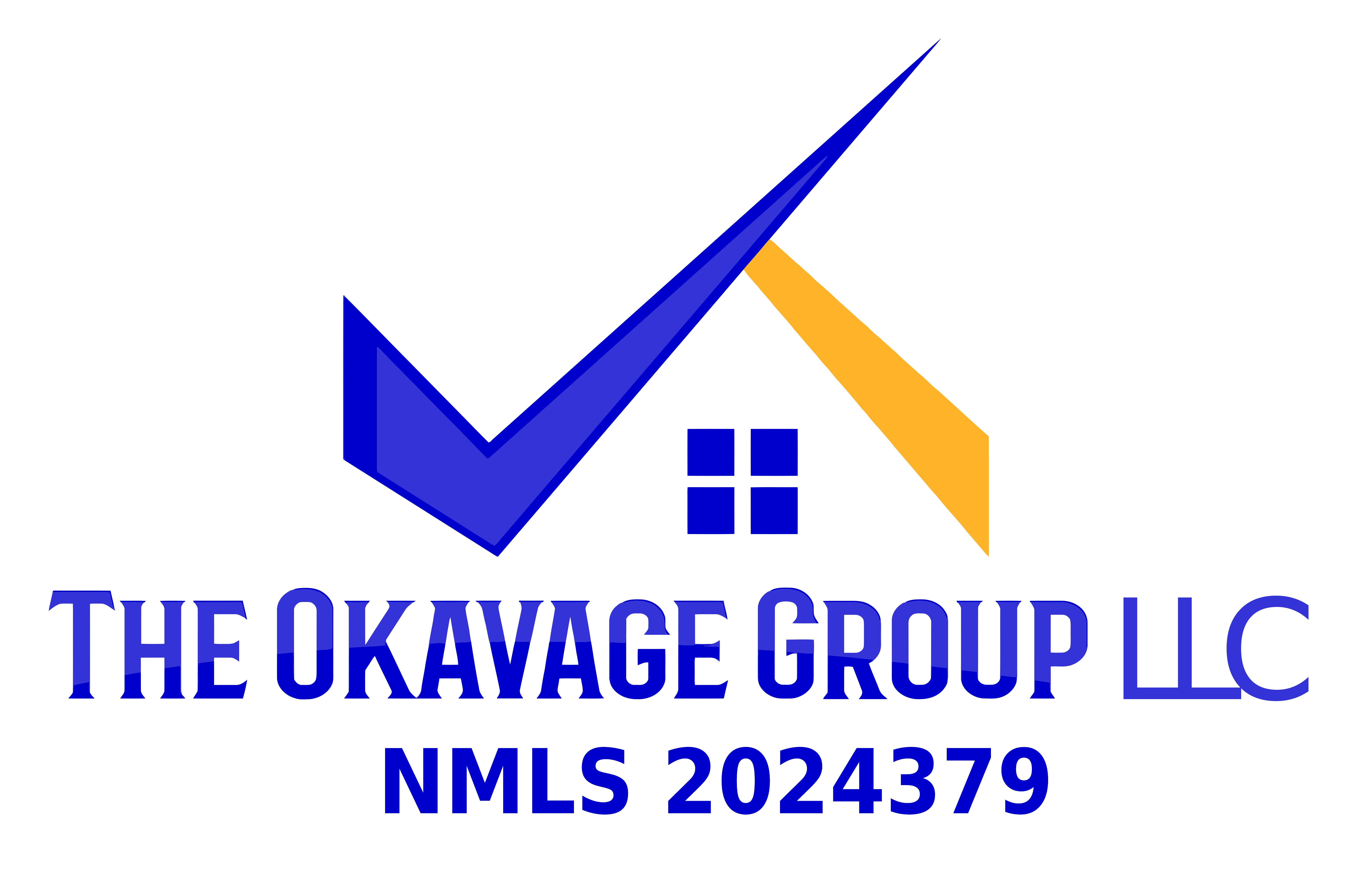Your interest rate is the monthly cost you pay on the unpaid balance of your home loan. An Annual Percentage Rate (APR) includes both your interest rate and any additional cost or prepaid finance charges such as the origination fee, points, private mortgage insurance, underwriting/processing fees and prepaid interest (your actual fees may not include these items). While your interest rate is the rate at which you will make your monthly mortgage payments, the APR is a universal measurement that can assist you in comparing the cost of mortgage loans offered by different mortgage lenders.
Closing costs include items like appraisal fees, title insurance fees, attorney fees, pre-paid interest and documentation fees. These items are usually different for each customer due to differences in the type of mortgage, the property location and other factors. You will receive a loan estimate/closing costs summary that will illustrate these costs.
FHA loans are government-insured loans through the U.S. Department of Housing and Urban Development, also called HUD. Not always the case but FHA loans allow for lower down payment, lower credit scores and higher debt to income rations. Per FHA guidelines, credit can be as low as 500 and still be possible for underwriting approval. Learn more by visiting https://www.hud.gov/federal_housing_administration
Your debt-to-income ratio is the total of your monthly debt payments divided by your gross monthly income. This allows lenders to measure your ability to manage the payments you make every month to repay the money you have borrowed.
To calculate your debt-to-income ratio, you add up all your monthly debt payments and divide them by your gross monthly income. Your gross monthly income is generally the amount of money you have earned before your taxes and other deductions are taken out. For example, if you pay $1500 a month for your mortgage and another $100 a month for an auto loan and $400 a month for the rest of your debts, your monthly debt payments are $2,000. ($1500 + $100 + $400 = $2,000.) If your gross monthly income is $6,000, then your debt-to-income ratio is 33 percent. ($2,000 is 33% of $6,000.)
An escrow account is a separate account that holds funds for the purpose of paying homeowner’s/flood insurance and property taxes. The lender collects the funds to be deposited into the account each month along with your monthly payment and then pays the bills for you when they come due. By taking the annual amounts charged for homeowner’s insurance, property taxes and other annually paid items and dividing them by 12, a payment amount is determined and is added to your monthly principal and interest payment. Spreading the cost of these expenses over 12 months makes it easier for you to budget those expenses and you won’t have to come up with additional cash when bills are due.
Private Mortgage Insurance is provided by a private mortgage insurance company to protect lenders against loss if a borrower defaults. Private Mortgage Insurance is required for a loan with an initial loan to value (LTV) percentage in excess of 80%. In most cases, this will mean that you will have to pay Private Mortgage Insurance if your down payment is less than 20% of the value of the home you are purchasing or refinancing. The cost of the mortgage insurance is typically added to the monthly mortgage payment.
The LTV ratio is calculated as the amount of the mortgage lien divided by the appraised value of the property, expressed as a percentage. For example, a borrower taking on a $92,500 mortgage to purchase a home appraised at $100,000 would have an LTV ratio of 92.50% (92,500/100,000).
When formally applying for a mortgage, there will be some initial documentation requested by the mortgage lender. Documentation such as a social security card, 30 days of pay stubs, most recent 2 years federal tax returns and w-2’s are all pretty commonly asked for by a mortgage lender. The documentation will be different for buyers who are self employed as well.
Other common documentation that is requested by a mortgage lender to obtain a mortgage includes;
- Drivers license
- Bank statements
- Fully executed purchase contract
- Copy of an earnest money deposit check (money you put down on deposit with the purchase of a home)
It’s important to understand when obtaining a mortgage that there will likely be additional documentation that will be required even after the formal mortgage application is completed. Documentation that is commonly asked for after a mortgage application is completed can include;
- Updated pay stubs
- Updated bank statements
- Verification of employment
- Gift letter for down payment (if applicable)
Some buyers hear the term mortgage points and wonder what exactly they are. Paying for mortgage points is a fairly common practice in a rising interest rate environment. Mortgage points generally come in two variations, discount points and origination points. One point will generally cost 1% of the total amount that is mortgaged.
One benefit to purchasing mortgage points is to “buy down” an interest rate. One point will generally reduce the interest rate by .25% which can save a significant amount of money for a borrower over a 30 year term.
